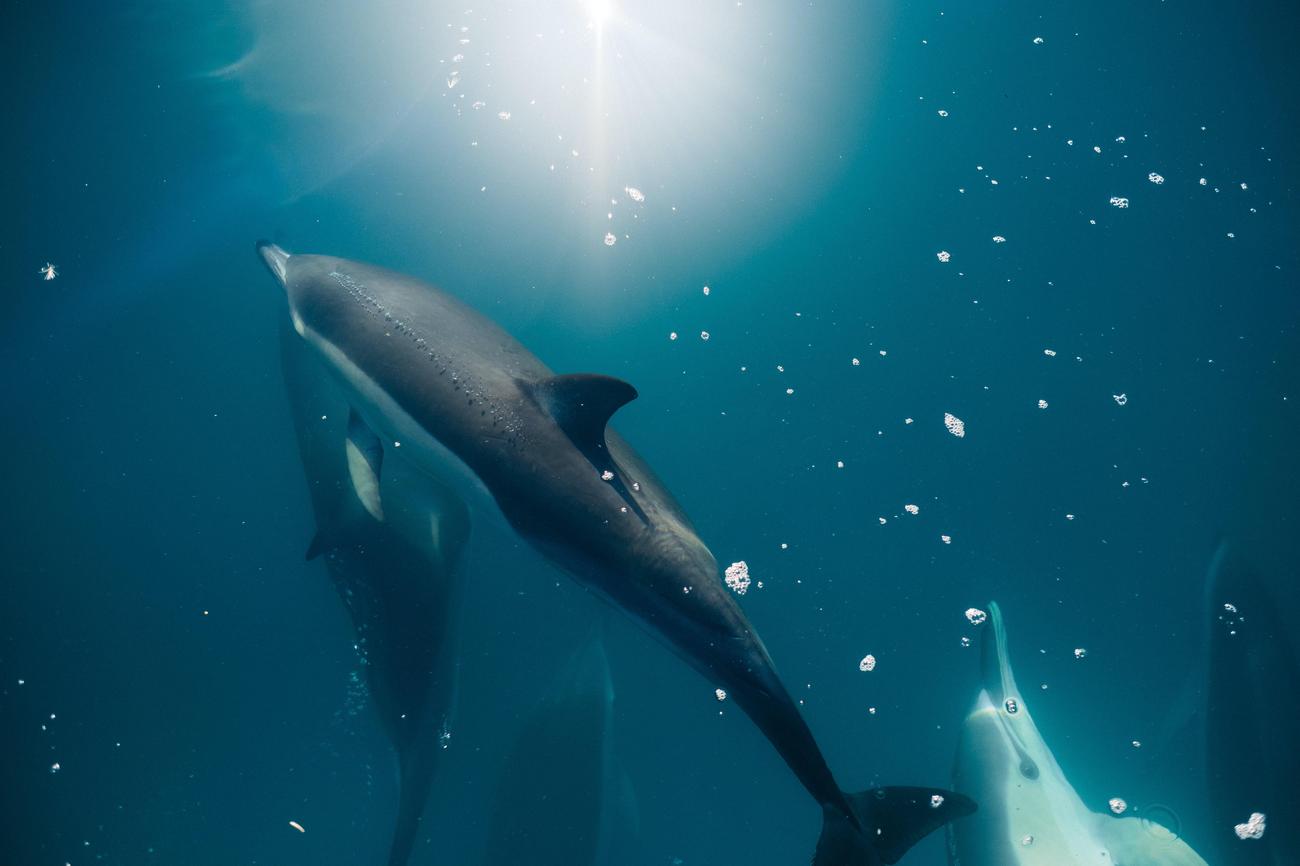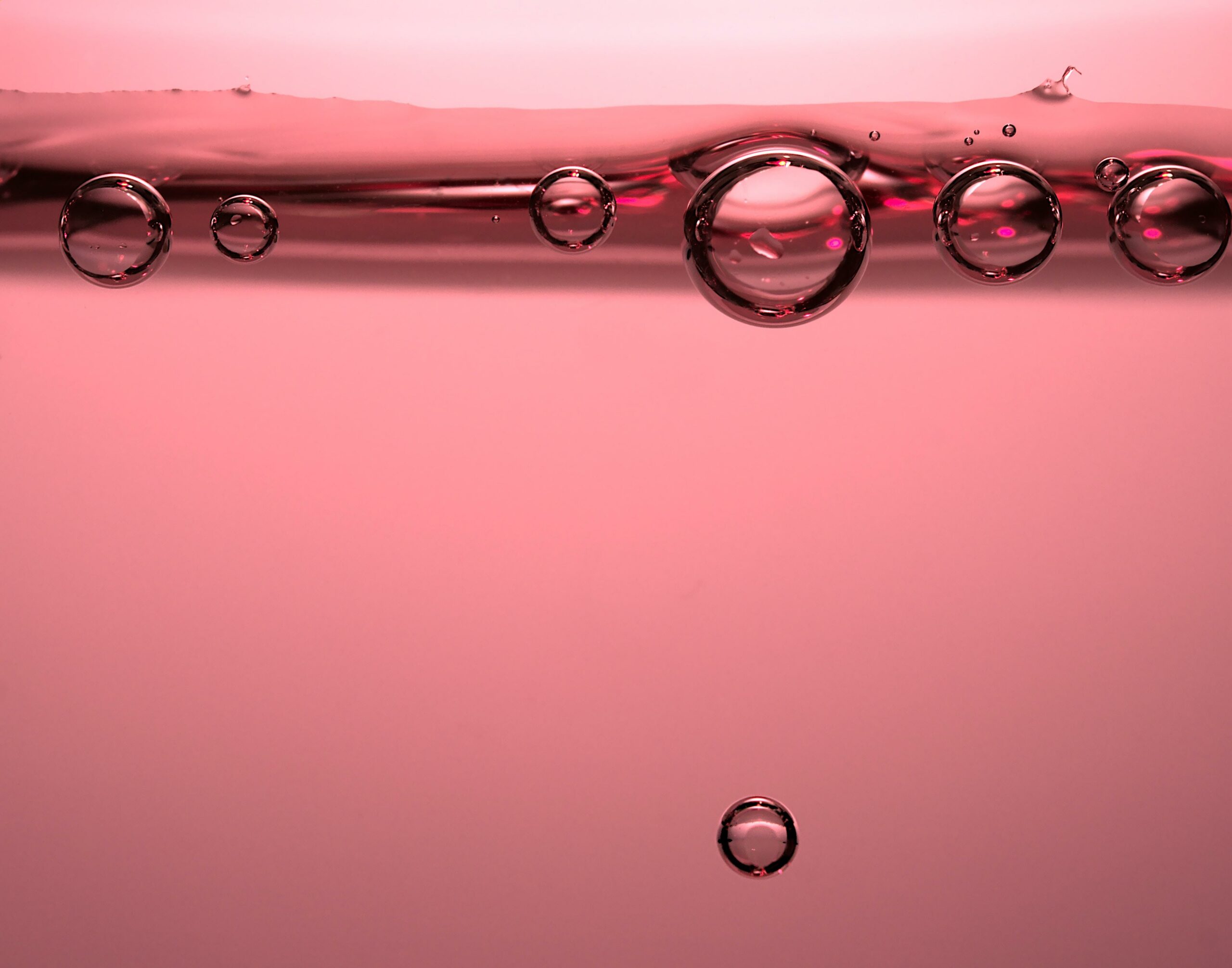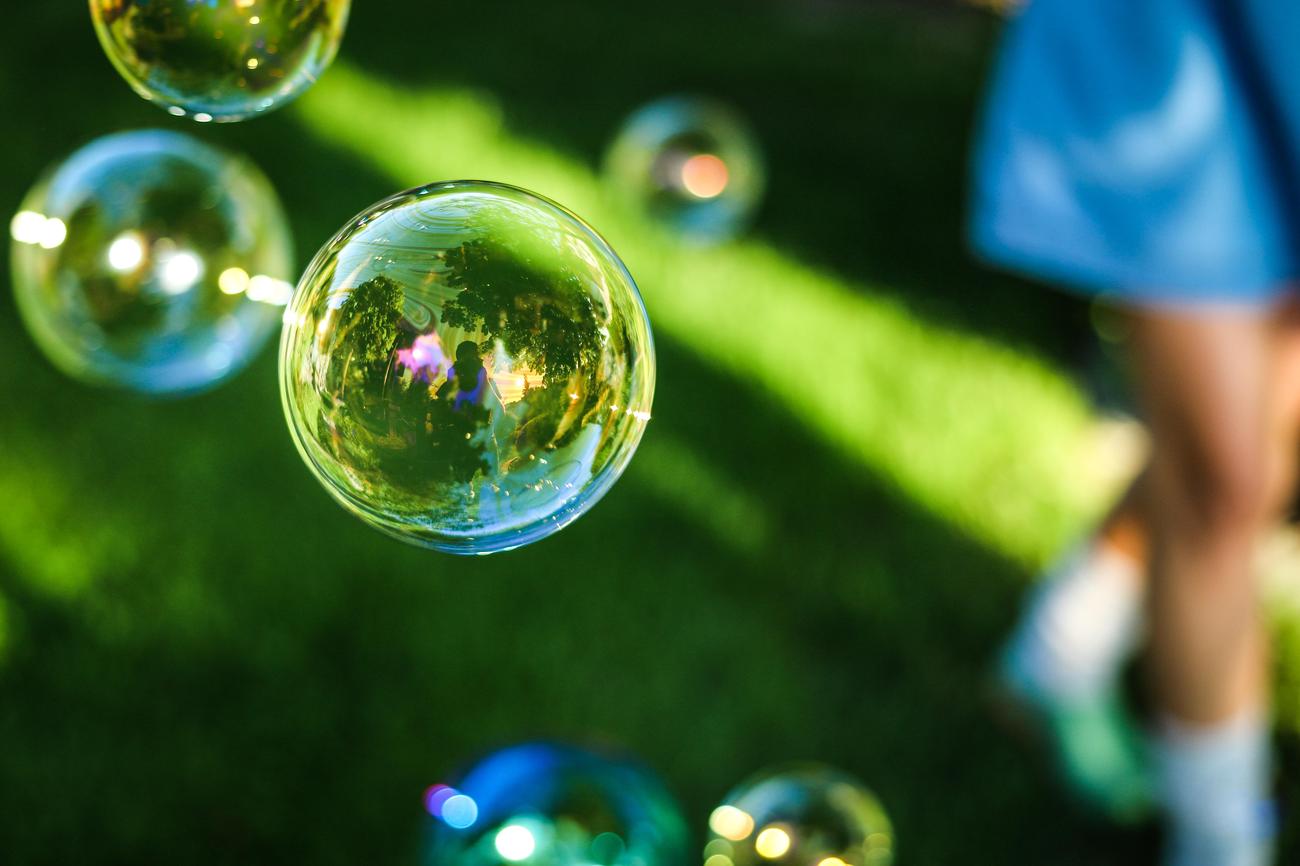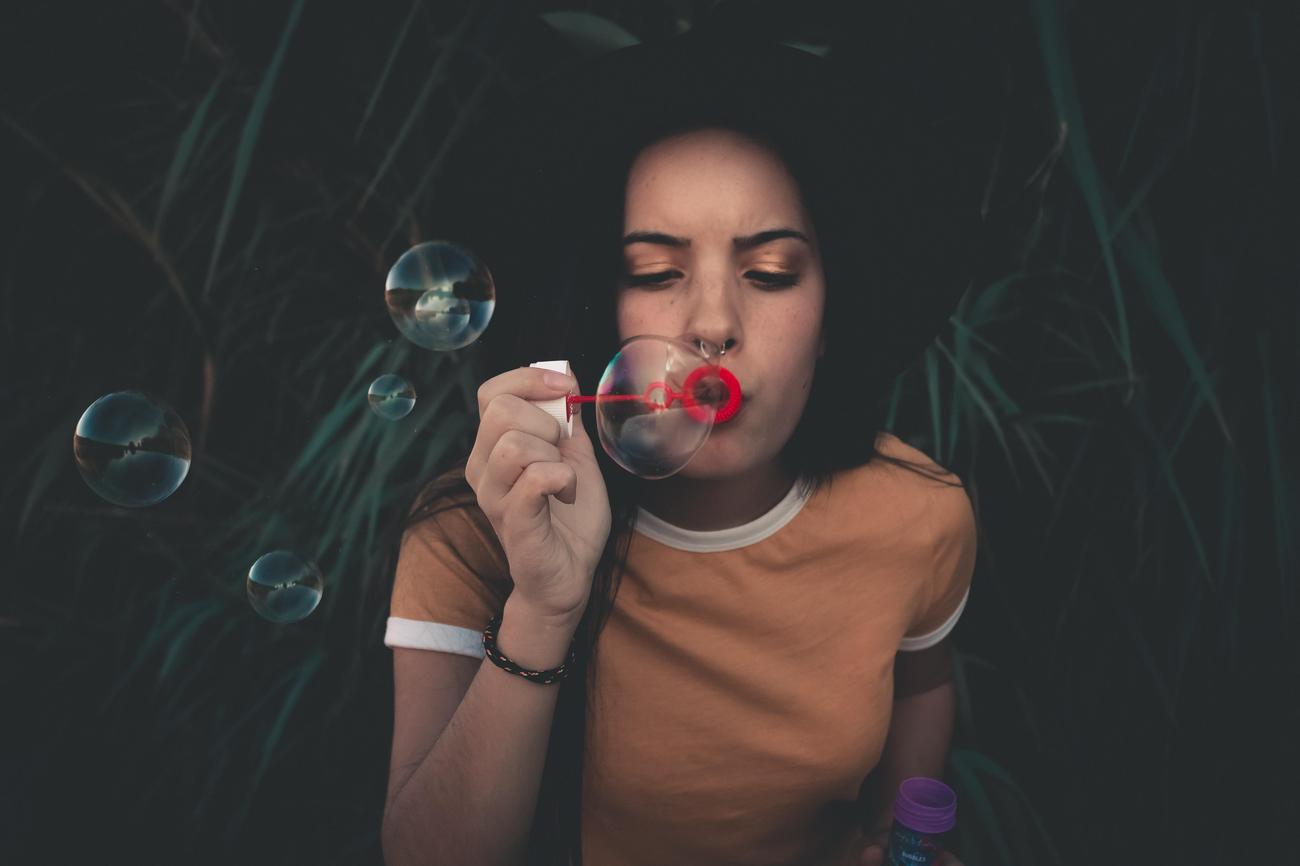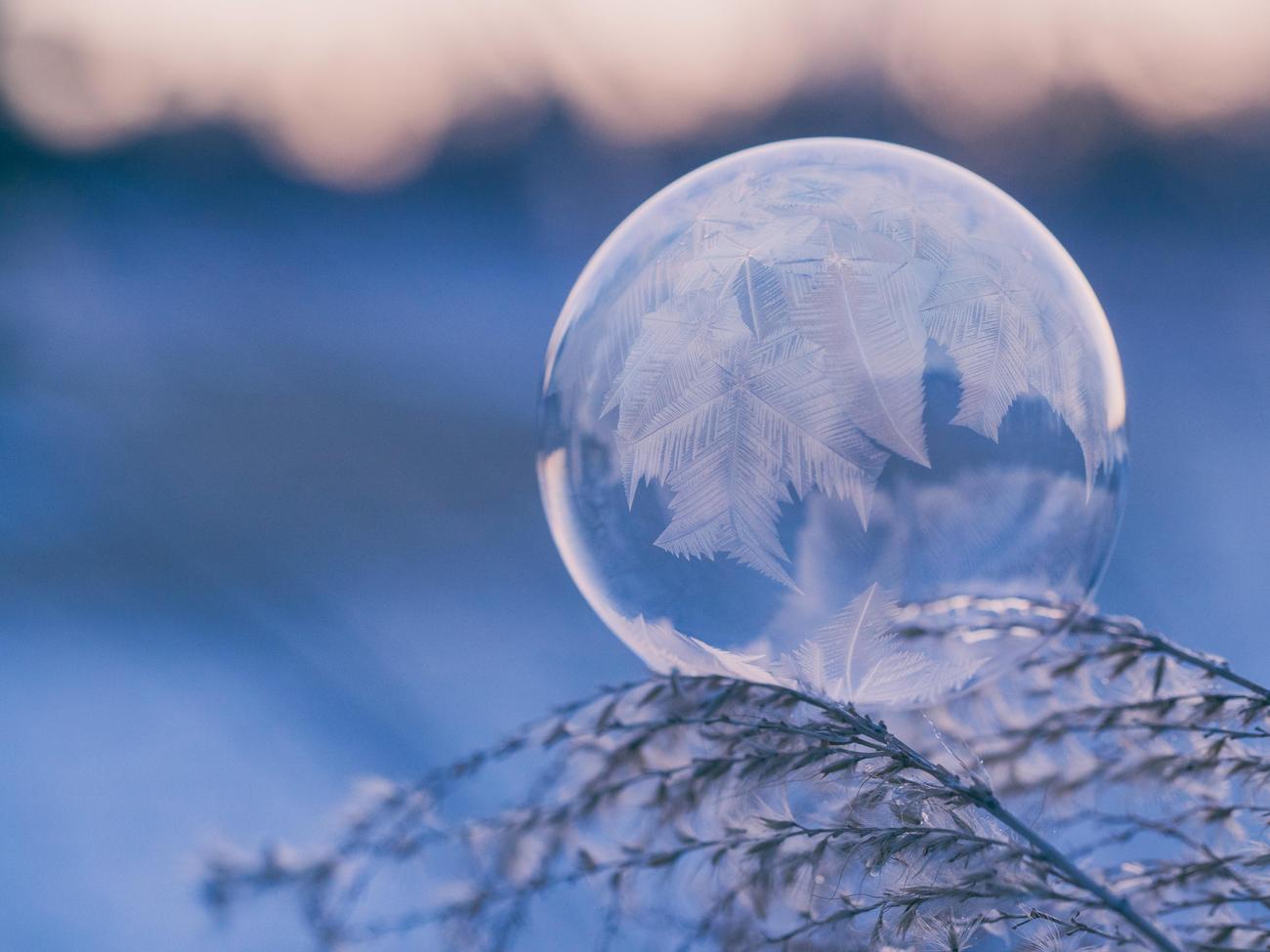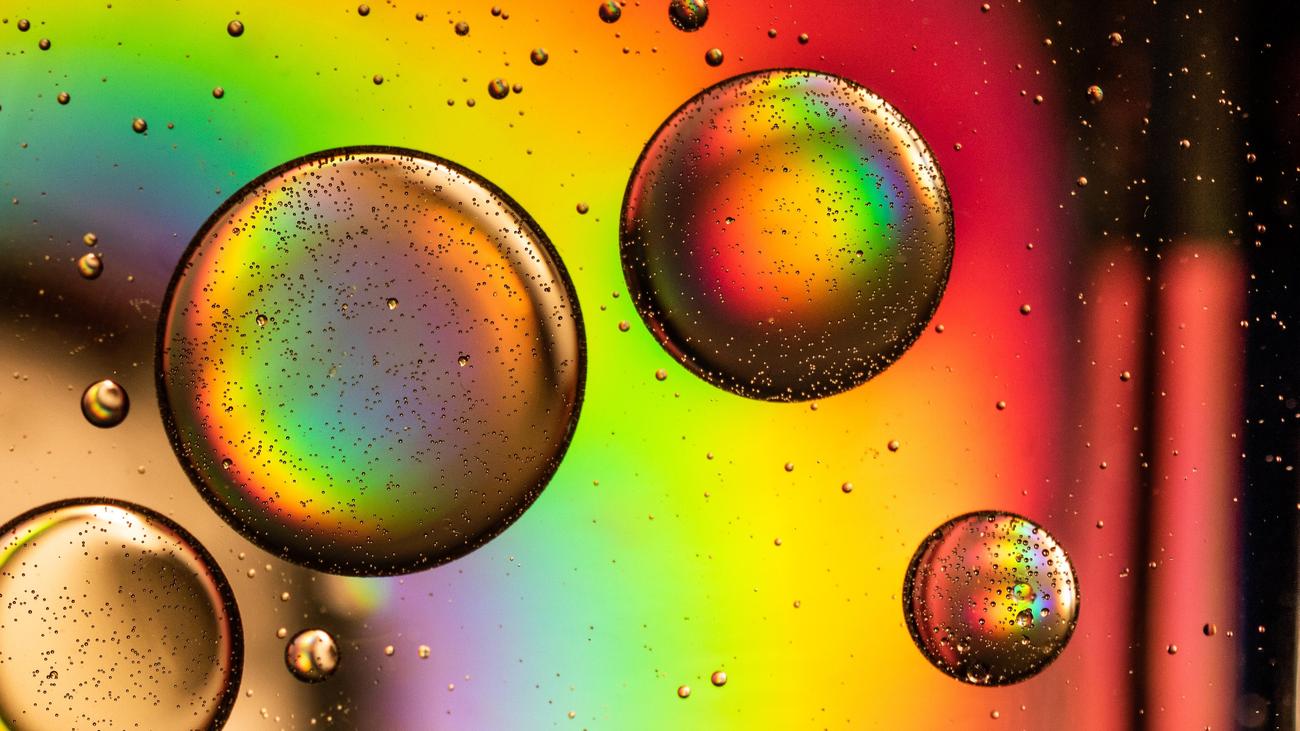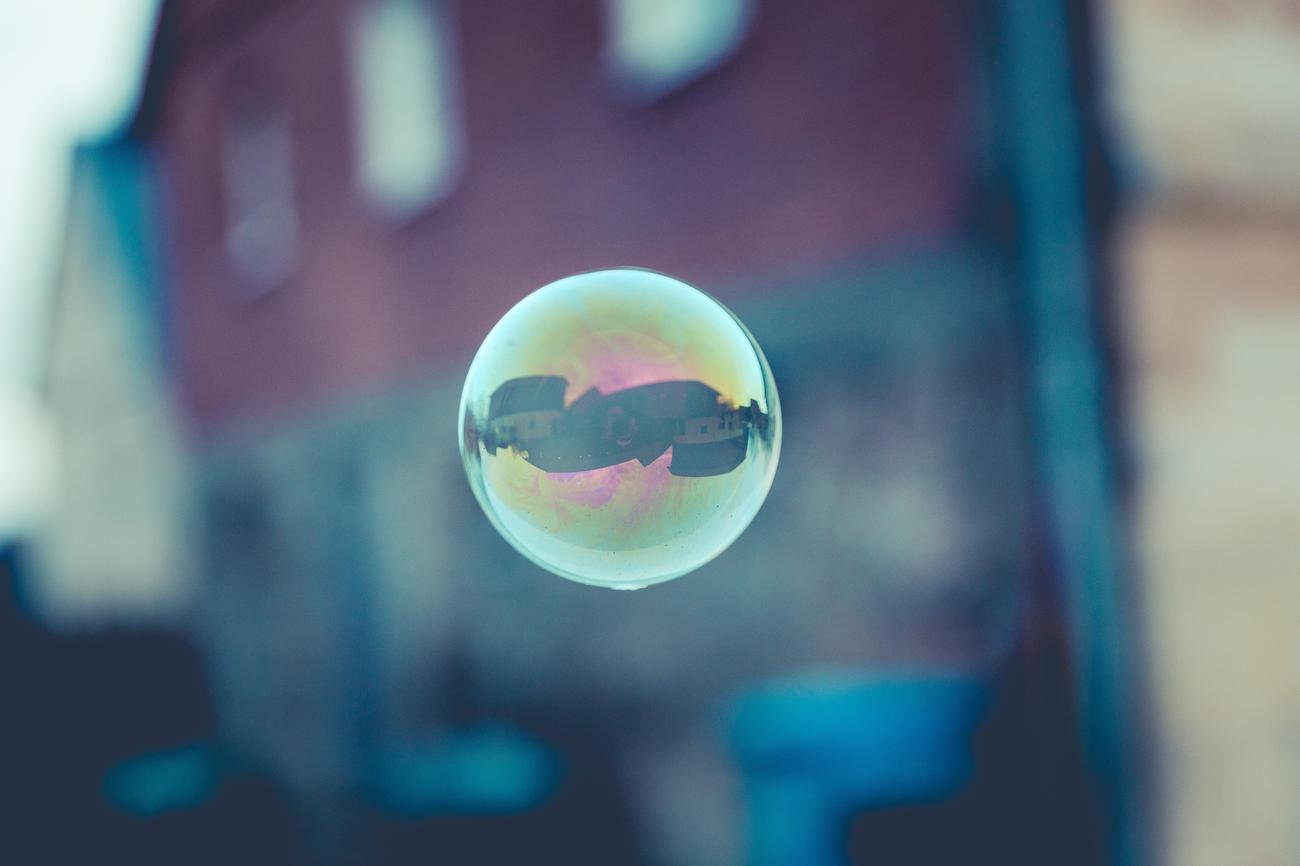Have you ever marveled at the delicate iridescence of a soap bubble floating in the air, or watched in awe as a stream of bubbles danced their way to the surface of a glass of soda? Natural bubbles have a mesmerizing quality that captivates both young and old, but there is so much more to these ephemeral spheres than meets the eye. In this article, we will delve into the enchanting world of natural bubbles and explore the fascinating properties that make them truly unique. From their exquisite colors to their ability to defy gravity, prepare to be amazed as we uncover the secrets hidden within these extraordinary creations of nature.
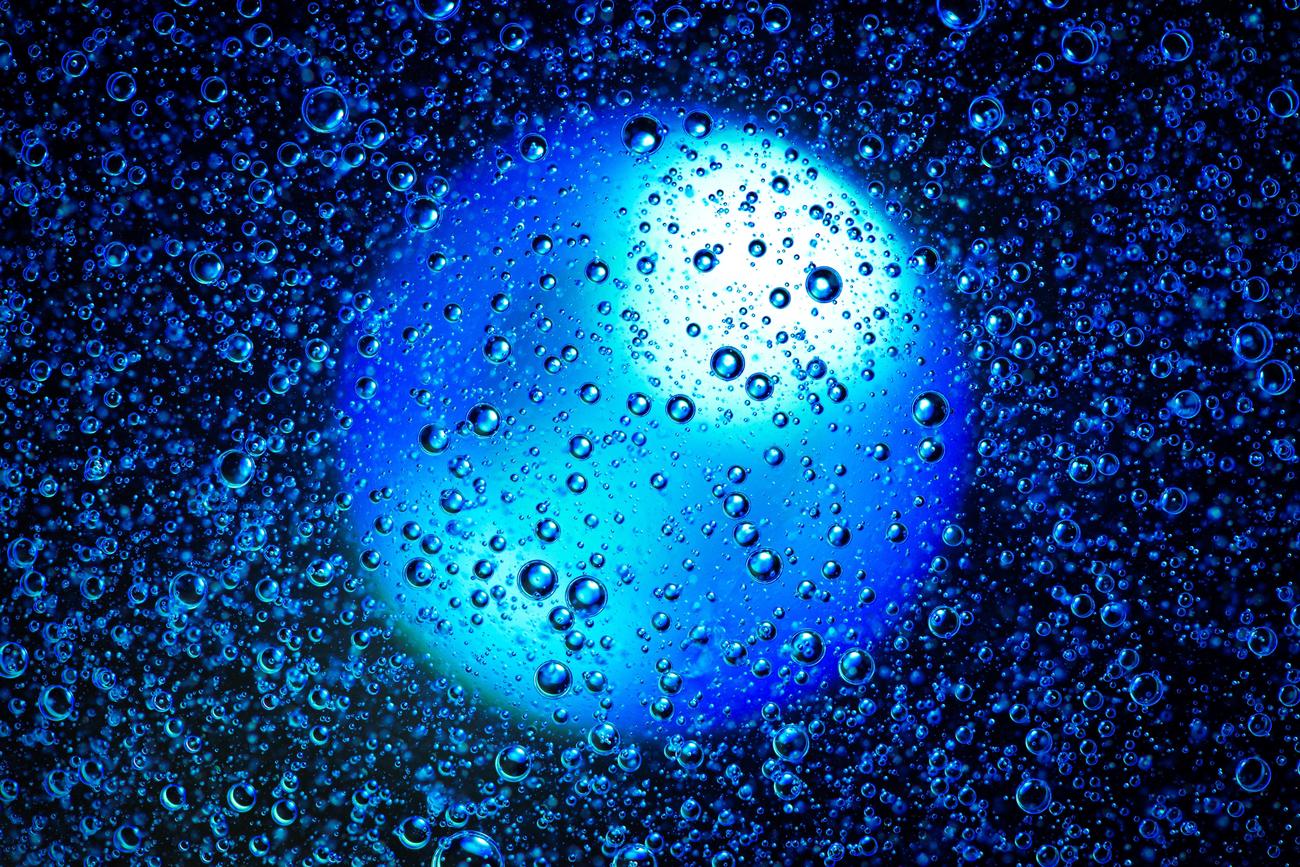
Unique Properties of Natural Bubbles
Bubbles, those enchanting spheres of air or gas surrounded by a delicate film of soap or water, possess a myriad of unique properties that captivate our imagination. As an experienced physicist and science writer, I have delved deep into the world of bubbles, unraveling their fascinating secrets. In this article, I will take you on a journey to explore the unique properties of natural bubbles and uncover the extraordinary phenomena that make them truly special.
Shape and Motion
One of the most striking features of bubbles is their ellipsoidal shape. Unlike perfect spheres, bubbles appear elongated due to the interaction between their surface tension and the surrounding environment. As they float through the air or water, their motion is beautifully irregular, dancing and twirling in a mesmerizing manner. This erratic movement is a result of various forces acting upon the bubble, including gravity, buoyancy, and surface tension.
“Bubbles, with their whimsical shape and unpredictable motion, seem to have a personality of their own.”
Velocity and Instability
The velocity of bubbles, surprisingly, is independent of their diameter. Smaller bubbles, with radii up to 0.75 cm, typically move at a steady pace of approximately 28-30 cm/sec. However, as bubbles grow larger, they tend to accelerate, reaching speeds of around 35-40 cm/sec. Unfortunately, this increase in velocity comes at a price: larger bubbles become unstable and predisposed to subdividing into smaller bubbles, a phenomenon known as coalescence instability.
“Bubbles, defying our preconceived notions, challenge us with their unhindered velocity, reminding us of the ever-present balance between stability and instability.”
Structure and Visibility
The film that envelops a bubble is composed of three distinctive layers, forming a delicate sandwich-like structure. The outermost layers consist of soap molecules, while a thin layer of water resides in between. This arrangement creates a unique interface, responsible for the bubble’s visibility. The difference in refractive index between the bubble and its surroundings allows light to refract and reflect, making bubbles shimmer with a mesmerizing iridescence.
“Bubbles, with their ethereal beauty, vividly manifest their presence through the interplay of light and matter.”
Formation and Energy
Ever wonder why bubbles take on their characteristic globular shapes? The answer lies in the energetic balance of the system. Bubbles form and coalesce into spherical shapes because these configurations minimize their energy state. This natural inclination toward lower energy states drives the formation of spherical bubbles, showcasing the delicate equilibrium between internal and external forces.
“Bubbles, effortlessly transitioning into perfect spheres, are masters of energy optimization, reminding us of the universal principle of minimal effort.”
Ubiquity in Nature
While water serves as the most common medium for bubble formation, bubbles can be found in various natural settings. Turbulent water environments, such as waterfalls, churn the liquid vigorously, giving rise to countless bubbles that cascade through the cascades. Ocean waves breaking and raindrops impacting surfaces also generate bubbles, making their presence felt even in the most ordinary phenomena.
“Bubbles, ubiquitous and ever-present, weave their way into the tapestry of nature, leaving their mark on the seemingly mundane occurrences of everyday life.”
As we delve deeper into the mesmerizing realm of bubbles, we encounter a multitude of astonishing phenomena and properties. From their whimsical shapes to their distinctive motion, bubbles defy our expectations and engage our senses, offering infinite wonder and fascination. Through their delicate structures and captivating dances, bubbles provide glimpses into the extraordinary complexity and beauty of the natural world.
Let us uncover the secrets that lie within these captivating globules of air and water, as we explore the unique properties of natural bubbles.
Bubbles in nature add an enchanting touch to the world around us. From the delicate iridescence of soap bubbles floating in the air to the mesmerizing foam created by waves crashing on the shore, these little spheres of air and water never fail to captivate our imagination. To explore the fascinating world of bubbles in nature, click here: Bubbles in Nature. Discover the secrets behind their formation, learn about the different types of bubbles found in nature, and delve into the scientific mysteries that surround these ephemeral wonders. Prepare to be amazed by the beauty and complexity that lies within something as seemingly simple as a bubble.
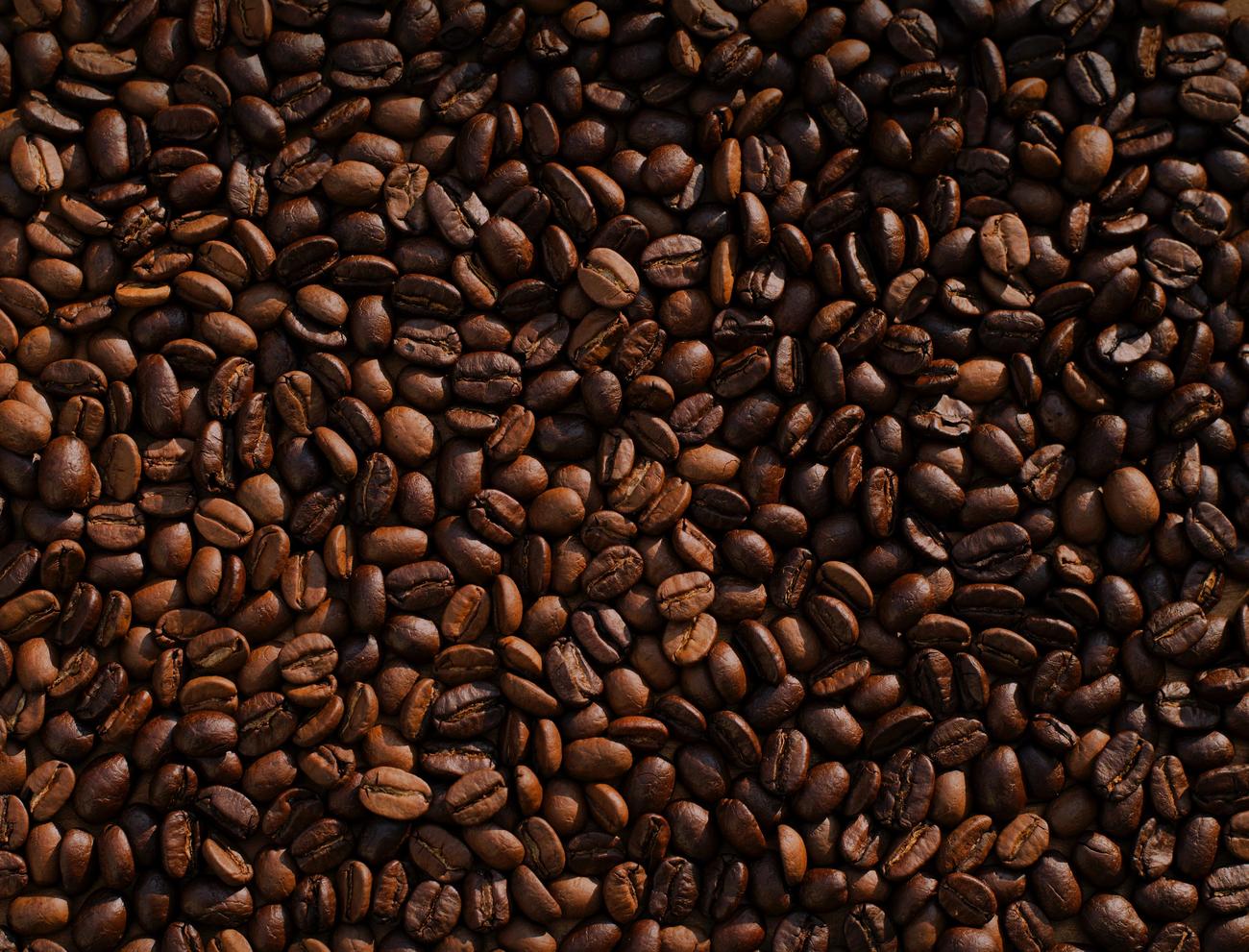
FAQ
Q: How are bubbles formed and what shapes do they typically have?
A: Bubbles are formed when a thin layer of water is sandwiched between two layers of soap molecules. They tend to have an ellipsoidal shape.
Q: Why are bubbles visible?
A: Bubbles are visible because they have a different refractive index than the surrounding substance, allowing light to be reflected and refracted within the bubble.
Q: Do bubbles have a specific velocity and does it vary with their size?
A: The velocity of bubbles is independent of their diameter, ranging from approximately 28 – 30 cm/sec for bubbles with radii up to 0.75 cm. Larger bubbles tend to have a higher velocity, around 35 – 40 cm/sec, but they are unstable and tend to subdivide into smaller bubbles.
Q: Where can bubbles be found in nature?
A: Bubbles are commonly found in water environments, such as turbulent waters like waterfalls. They can also be formed by ocean waves breaking or raindrops impacting surfaces.
Q: What is the role of detergent in bubble formation?
A: The surface tension of water is too strong to make a bubble without the addition of a detergent to relax the surface tension. Detergent reduces the surface tension, allowing bubbles to form more easily.
- HelpCare Plus: Revolutionizing Affordable and Accessible Healthcare - December 29, 2024
- Boom & Bucket: Your Digital Marketplace for Used Heavy Equipment - December 28, 2024
- Ankle Bones Crossword Clue: Solutions, Tips & Anatomical Insights - December 28, 2024
